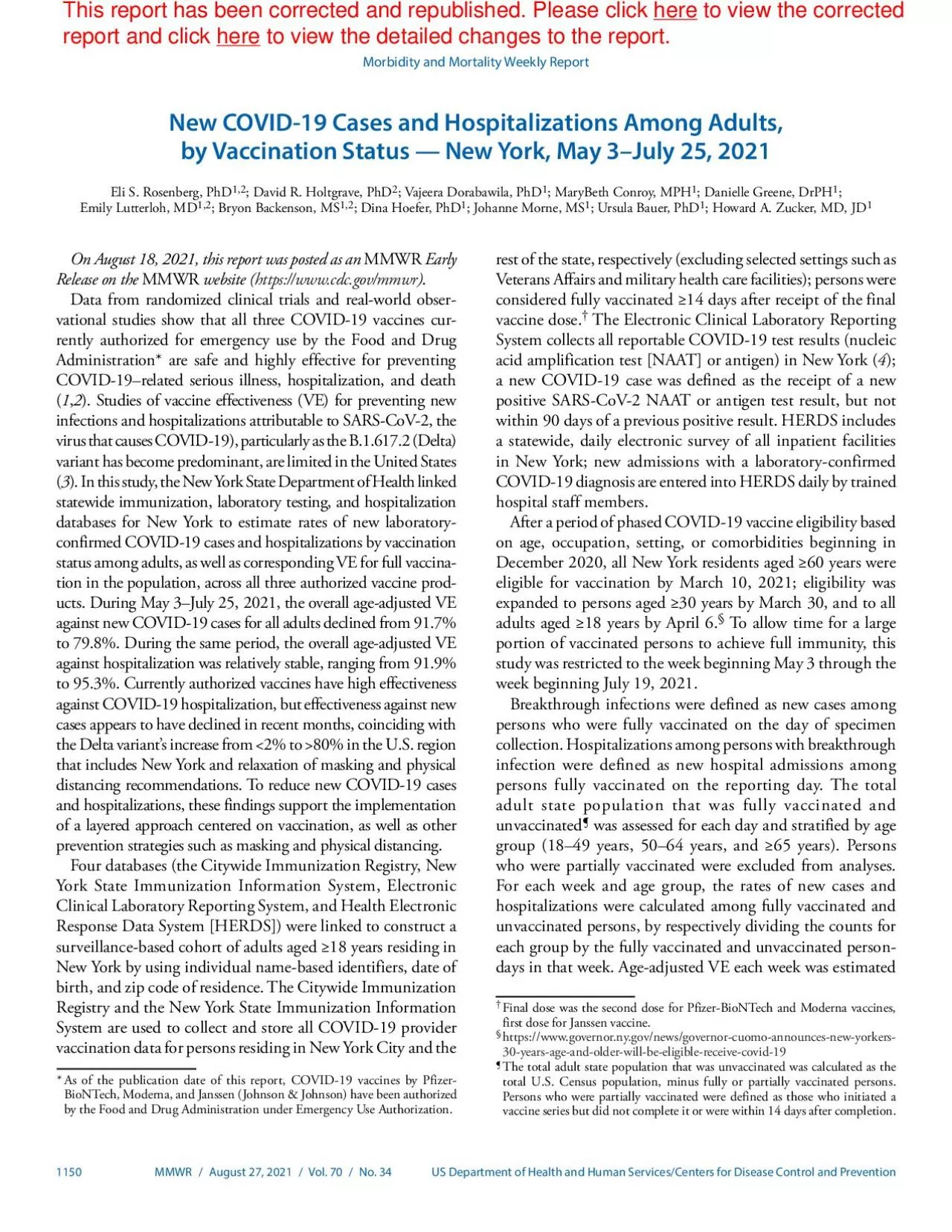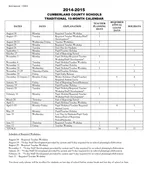PDF-August 27 2021Vol 70No 34
Author : dora | Published Date : 2021-09-24
1150New COVID19 Cases and Hospitalizations Among Adults by Vaccination Status 151 New York May 3150July 25 2021Eli S Rosenberg PhD12 David R Holtgrave PhD2 Vajeera
Presentation Embed Code
Download Presentation
Download Presentation The PPT/PDF document "August 27 2021Vol 70No 34" is the property of its rightful owner. Permission is granted to download and print the materials on this website for personal, non-commercial use only, and to display it on your personal computer provided you do not modify the materials and that you retain all copyright notices contained in the materials. By downloading content from our website, you accept the terms of this agreement.
August 27 2021Vol 70No 34: Transcript
Download Rules Of Document
"August 27 2021Vol 70No 34"The content belongs to its owner. You may download and print it for personal use, without modification, and keep all copyright notices. By downloading, you agree to these terms.
Related Documents














